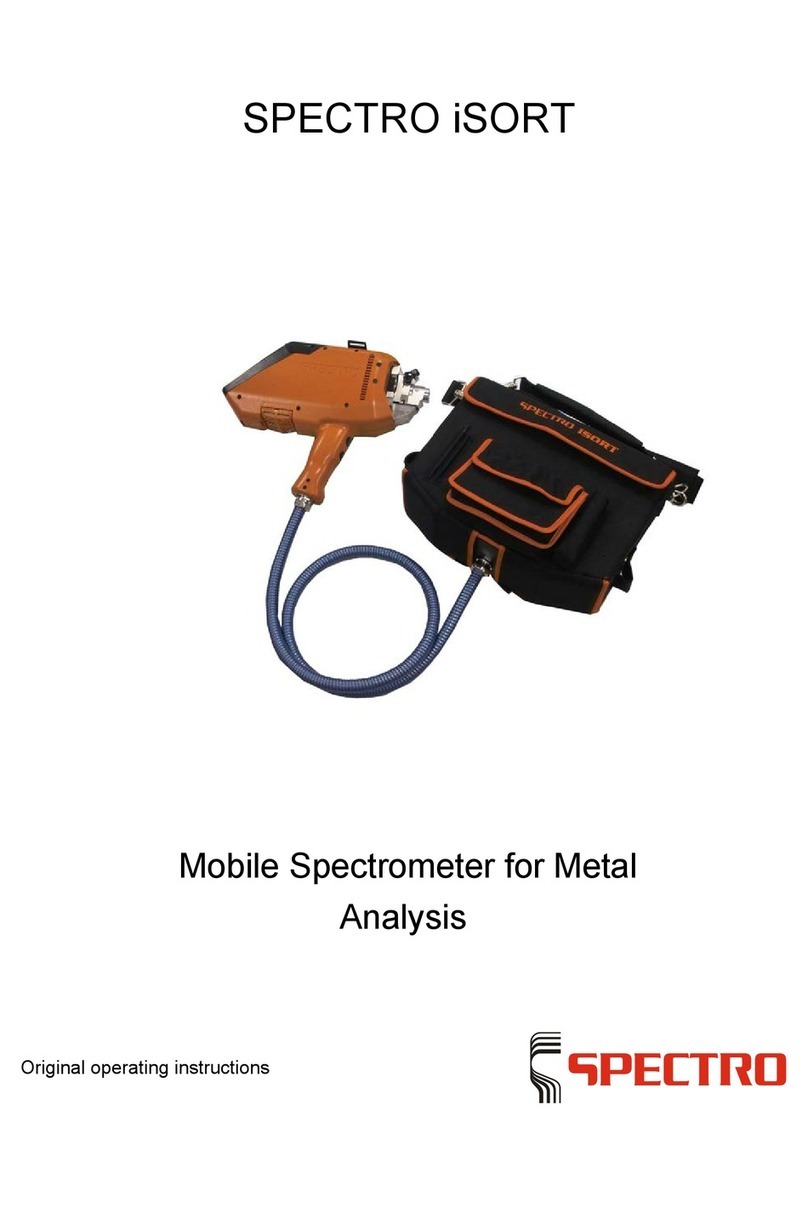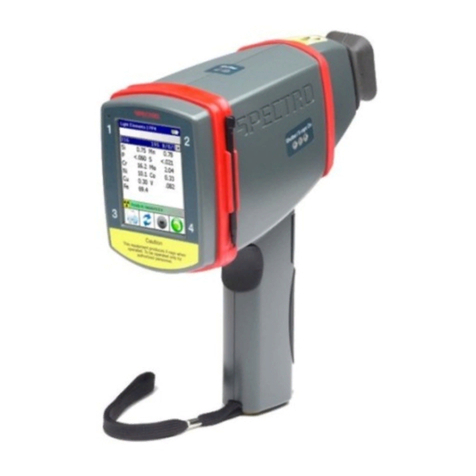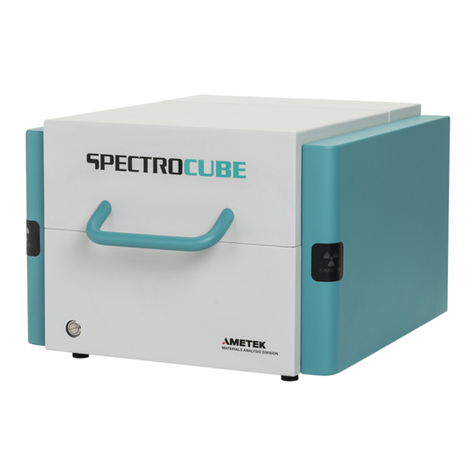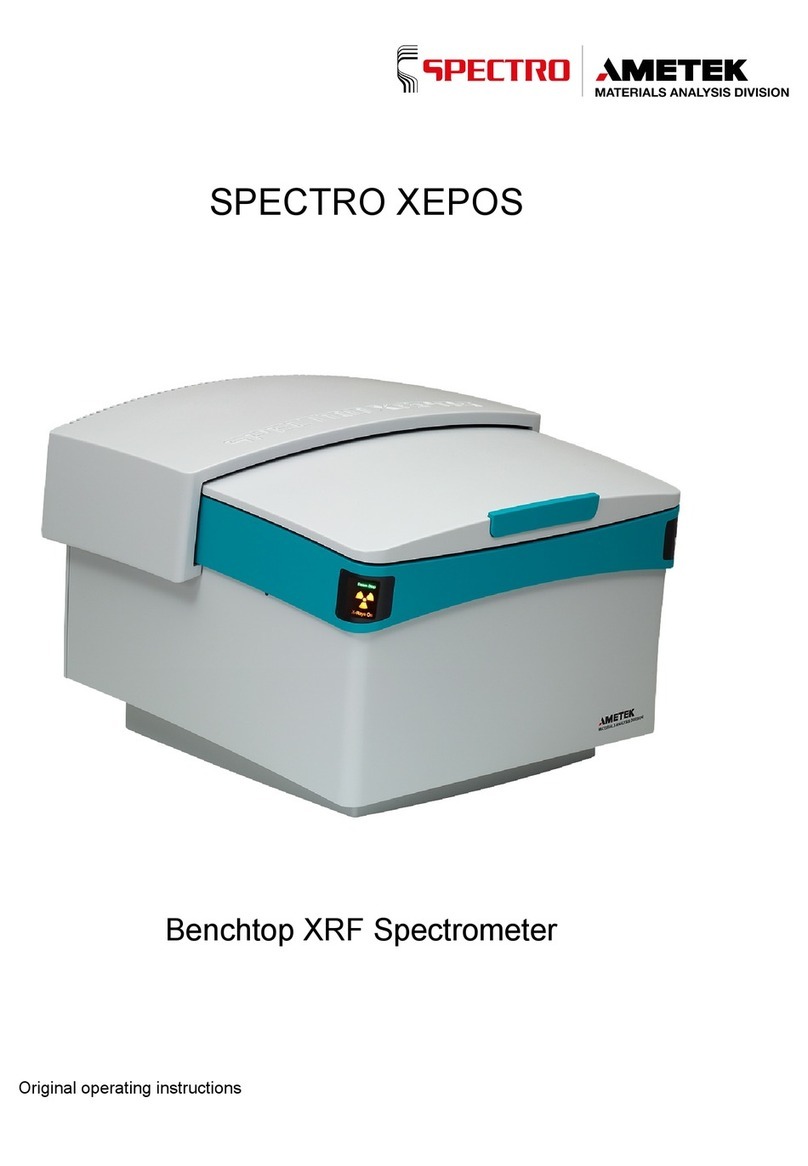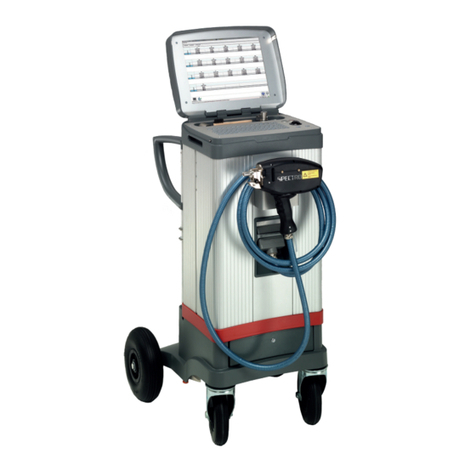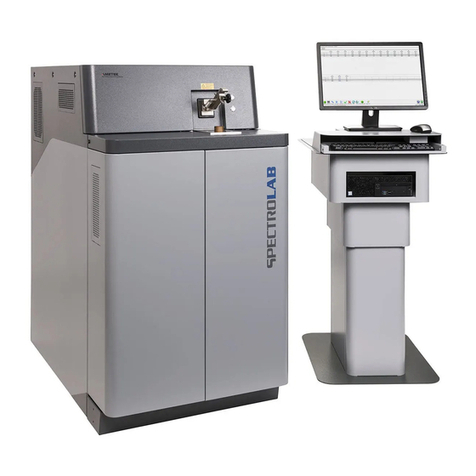
— 21.02.2020 —
Table of Contents
1Description of instrument ....................................................................................5
1.1 Description .......................................................................................................................... 5
1.2 Function .............................................................................................................................. 5
1.3 Overview ............................................................................................................................. 6
1.3.1 Instrument (front) ................................................................................................... 6
1.3.2 Unit (left side) ........................................................................................................ 7
1.3.3 Instrument (right-hand side) .................................................................................. 8
1.3.4 Instrument (back)................................................................................................... 9
1.3.5 Spark stand ......................................................................................................... 10
1.3.6 Spark stand insert................................................................................................ 11
2Safety................................................................................................................12
2.1 User information................................................................................................................ 13
2.2 Intended use ..................................................................................................................... 14
2.2.1 Samples............................................................................................................... 14
2.2.2 Preparing the Sample.......................................................................................... 14
2.2.3 Sample material................................................................................................... 15
2.2.4 Sample weight ..................................................................................................... 16
2.2.5 Spark stand ......................................................................................................... 16
2.2.6 Sample clamp...................................................................................................... 16
2.2.7 Gas supply........................................................................................................... 17
2.3 Prohibited operating conditions ........................................................................................ 17
2.4 Residual risks.................................................................................................................... 18
3Technical data...................................................................................................20
4Transportation/Setting-up .................................................................................22
4.1 Space requirements.......................................................................................................... 23
4.2 Storage ............................................................................................................................. 23
4.3 Gas supply ........................................................................................................................ 24
5Initial start-up ....................................................................................................25
5.1 Preparing the instrument for use ...................................................................................... 25
6Operation ..........................................................................................................26
6.1 Overview of controls ......................................................................................................... 26
6.2 Switching on the instrument.............................................................................................. 27
6.2.1 Argon saving module........................................................................................... 27
6.3 Switching off the instrument.............................................................................................. 28
6.4 Measuring procedure........................................................................................................ 29
6.4.1 Preparing the measuring procedure.................................................................... 30
•iCALising the measuring device (iCAL)............................................................... 31
•Changing the base (multi-base instruments only)............................................... 31
6.4.2 Start the measurement........................................................................................ 32












